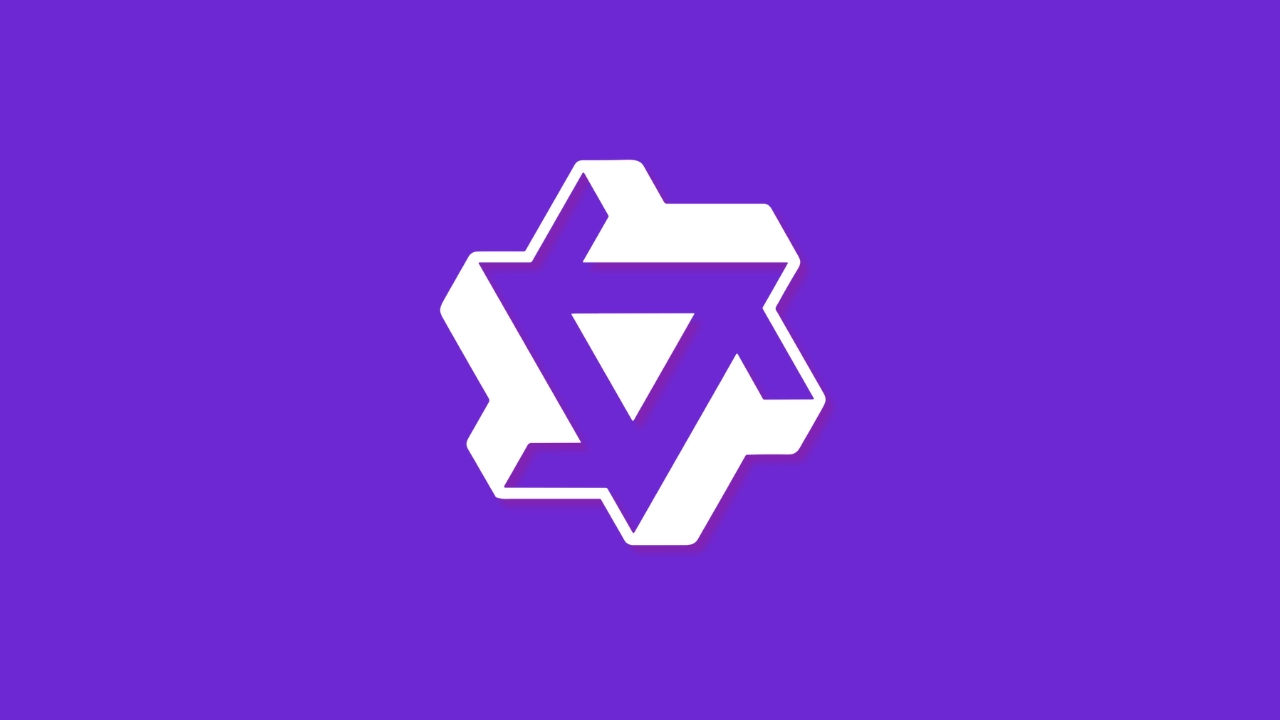
GLM-4.6-GGUF: The Hardware-Breaking LLM That's Actually Worth It
Z.ai's latest model pushes boundaries with 200K context and 15% efficiency gains, but can your rig handle the 204GB quant?
The GGUF release of GLM-4.6 dropped with the subtlety of a hardware upgrade bill. While most AI announcements feel like incremental improvements, this one actually moves the needle, if you can afford the RAM.
What Makes GLM-4.6 Different This Time
Z.ai’s latest flagship isn’t just another version bump. The 355B-parameter Mixture of Experts architecture ↗ brings concrete improvements that matter for real-world applications. The context window expansion from 128K to 200K tokens isn’t just a number, it’s the difference between handling a codebase and actually understanding it.

The real story here is efficiency. According to Novita AI’s benchmarks ↗, GLM-4.6 completes tasks with approximately 15% fewer tokens than its predecessor while maintaining output quality. That translates to faster response times and lower computational costs, something that actually matters when you’re paying per token.
The Hardware Reality Check
The community reaction tells the real story. When the GGUF quantizations dropped, the immediate response wasn’t about benchmark scores, it was about VRAM. As one developer put it, “cries in 8GB laptop VRAM” became the unofficial motto of the release.
The numbers don’t lie: the 4-bit quant comes in at a hefty 204GB, while even the 2-bit version requires 135GB. This isn’t a model for casual experimentation, it’s for serious deployments with serious hardware.
But here’s the controversial part: the hardware requirements might actually be justified. Unlike many models that scale up parameters without proportional performance gains, GLM-4.6 delivers tangible improvements in coding performance, reasoning capabilities, and agent integration.
Coding Performance That Actually Matters
Where GLM-4.6 really separates itself is in practical applications. The model shows substantial improvements in real-world coding benchmarks ↗, particularly in popular coding assistants like Claude Code, Cline, and Roo Code.
The expanded context window means developers can work with larger codebases without losing coherence. This isn’t just about generating snippets, it’s about understanding complex systems and providing meaningful assistance throughout the development process.
The Open Source Advantage
What makes GLM-4.6 particularly interesting is its positioning as an open-source alternative to commercial models like Claude Sonnet 4 ↗. While it may not beat Claude Sonnet 4.5 in pure coding ability, the fact that it’s even in the conversation speaks volumes about the progress of open-source models.
The community has already jumped on integration, with quick fixes for llama.cpp support and multiple quantization options available within hours of release. This rapid community response demonstrates the value of open-weight models in the ecosystem.
Practical Implementation: Is It Worth the Hardware?
For developers considering the jump, the calculus is straightforward but demanding. The API integration ↗ follows standard patterns, making adoption relatively painless from a software perspective. But the hardware requirements create a real barrier to entry.
The efficiency gains mean that for organizations running at scale, the reduced token consumption could justify the infrastructure investment. But for individual developers or smaller teams, cloud access through platforms like Novita AI ↗ might be the more practical approach.
Substance Over Hype
GLM-4.6 represents a meaningful step forward in large language model technology. The improvements aren’t just theoretical, they translate to better performance in real applications, particularly in coding and complex reasoning tasks.
The hardware requirements are significant, but they’re not arbitrary. The model delivers value proportional to its demands, which is more than can be said for many recent releases. For organizations with the infrastructure to support it, GLM-4.6 offers a compelling combination of performance and efficiency that could justify the investment.
The real test will be how quickly the ecosystem adapts to these new capabilities. With improved tool integration and agent frameworks, GLM-4.6 could become the foundation for the next generation of AI applications, provided we can find enough VRAM to run it.



